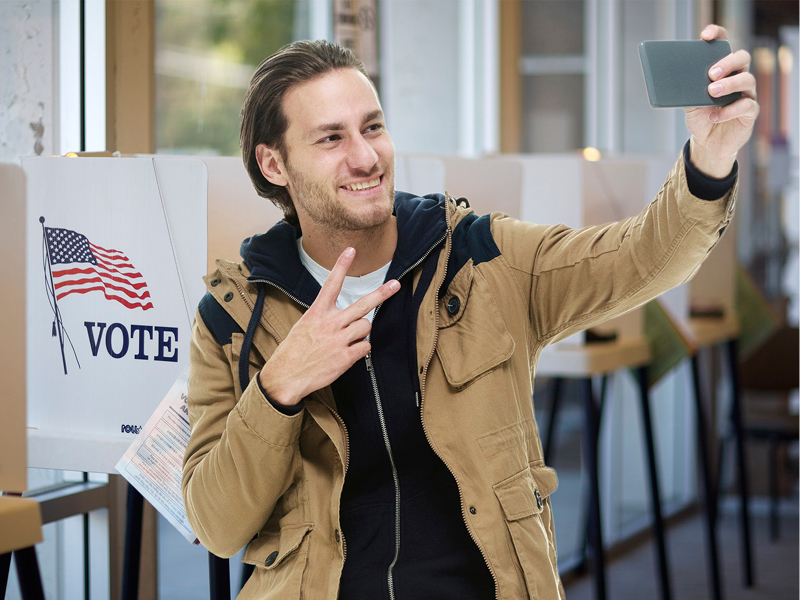
The recent decision by a U.S. Appeals Court in Boston to strike down New Hampshire’s ban on taking selfies of voted ballots in voting booths will have harmful repercussions at home and abroad.
Proponents of selfies in voting booths say the practice should be allowed as a matter of free speech and political expression. While these arguments may sound appealing, they miss the point. The prohibition of this practice is not a measure to suppress freedom of speech, it is to protect electoral integrity.
Secrecy of the ballot, that is the official confidentiality in voting selections, cannot be optional. If it is optional, then the door for interested parties to pressure voters to reveal their selections will be wide open.
Allowing selfies would present political contestants with incentives to influence the voter before the ballot is even cast. In exchange for making a certain selection, and posing for the camera with a marked ballot, candidates might offer financial or other reward—or punishment for choosing an opponent. Even as voters cast their votes, contestants may take action based on what is revealed through selfies popping up on social media.
Though proponents of allowing selfies in the voting booth argue that such voter coercion is not common now in the United States, this decision creates a vulnerability for contestants to exert this type of pressure on voters.
A lesson from other countries, a page from U.S. history
“If [secrecy of the ballot] is optional, then the door for interested parties to pressure voters to reveal their selections will be wide open.”
The court’s decision will serve as a signal to the world that if such practice is lawful in the United States—an emblem of democracy around the world—then it should be lawful anywhere.
Unfortunately, voter coercion is already a problem in many countries. It is essential that they see how the United States reacts to situations that could have unintended consequences.
Selfies in the voting booth can be viewed as a contemporary reflection of a fraudulent practice called “chain voting.” This practice was common in parts of the United States in the early 1900s and is still a problem in many developing democracies.
Under chain voting, the first voter in the chain takes the ballot and pretends to vote. But instead of casting his ballot, the voter furtively passes the ballot to the chain voting organizer who compensates the voter for the ballot. The organizer marks the ballot and gives it to another supporter. The supporter casts the already-marked ballot and brings the un-voted blank one back to the organizer, who then compensates this voter and gives a voted ballot to yet another supporter. And so on.
The voter is not making his or her own choice but instead simply casting the ballot marked by the person compensating him or her for taking part in the plan. The vote is rigged.
This practice has been termed “bicycle voting” in Latin America and the “Russian Carrousel” in the country of Georgia. In the United States, the practice was foiled by the introduction of lever-action voting machines, which eliminated the paper ballot from the process.
The common feature of chain voting and selfie voting is in the official documentation of the voter’s selection. In the case of chain voting, that documentation is provided by the scheme’s organizers and the voter delivers on the organizer’s behalf for a fee.
In selfie voting, the voter reveals the voting selection with a picture and can be compensated or punished by the practice organizers. In both cases, this official documentation of the voting selection is what puts the secrecy of the ballot, and the integrity of the election, at risk.
If someone wants to tell a pollster, friends on social media or others how he voted, it is a matter of free speech and his right to do so. But when selfies are allowed inside the voting booth and a voter’s selection can be officially documented, then the voter becomes vulnerable to intimidation and coercion.
If we want to protect the secrecy of the ballot and voter choice, we must keep selfies out of our voting booths.
Jeff Fischer is a Senior Electoral Advisor at Creative Associates International.

